Patchcords
Patchcords are standardized connectivity components designed for short-distance signal transmission between devices, serving as the "neural synapses" of optical and data networks. These pre-terminated cables enable rapid deployment and maintenance, bridging equipment such as switches, routers, spectrometers, and patch panels while minimizing signal loss. Their core value lies in balancing transmission efficiency, mechanical durability, and environmental adaptability across diverse industrial scenarios, from data centers to precision instrumentation.
SMF Patch Cord
Precision optical connections for optocommunication devices
- Ultra-low loss transmission
- Wide-range environmental adaptability
- Flexible customization capability
- Precision structural design
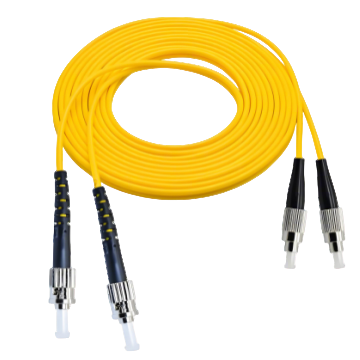
SMF Patch Cord
Using single-mode fiber SMF-28E, it features a 9.2μm mode field diameter @1310nm and a low numerical aperture (NA=0.14) to minimize modal dispersion.
With a cutoff wavelength ≤1260nm, it ensures stable single-mode propagation above 1300nm, making it ideal for telecom backbones and high-speed data transmission.

SMF Patch Cord
Equipped with custom fiber Nufen 405-HP, it offers a 3.5μm mode field diameter @515nm and NA=0.13 for efficient coupling to short-wavelength sources.
With a 370nm±20nm cutoff wavelength, it suits fluorescence microscopy (405nm excitation) and UV laser processing.
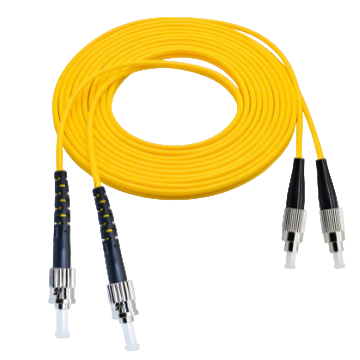
SMF Patch Cord
Using Nufen 460-HP fiber, it shares a 3.5μm mode field diameter @515nm and NA=0.13 with 405HP, optimized for 515nm-centered sources (e.g., green lasers).
Its 430nm±20nm cutoff wavelength enables stable transmission for Li-Fi, bio-imaging (green excitation), and color machine vision.
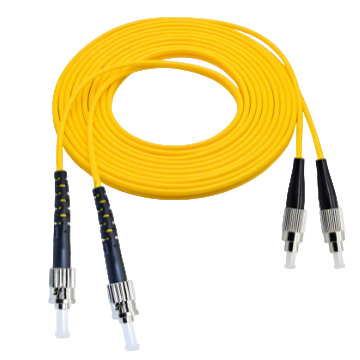
SMF Patch Cord
Using Nufen 630-HP fiber, it features a 4.0μm mode field diameter @630nm and NA=0.13, optimized for red lasers.
The 570nm±30nm cutoff wavelength ensures stable transmission for laser pointers, biomedical imaging (deep tissue penetration), and spectral analysis.
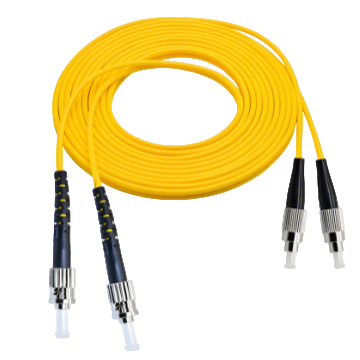
SMF Patch Cord
Using Nufen 780-HP fiber, it has a 5.0μm mode field diameter @850nm and NA=0.13, optimized for infrared illumination and short-range data links.
The 730nm±30nm cutoff wavelength enables low-loss transmission for IR Fill Light and sensing.
MMF Patch Cord
Short-reach optical communication scenarios
- High-efficiency optical coupling design
- Low-loss transmission performance
- Flexible customization capability
- Wide-temperature environmental adaptability
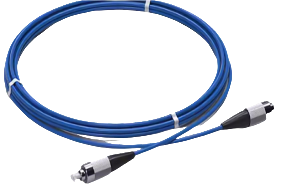
MMF Patch Cord
Advantages: Small fiber core enables precision optical transmission, wide wavelength coverage from ultraviolet to near-infrared, and FC/PC connectors for universal adaptation to devices.
Applications: Microscope illumination fibers, precision optical inspection (such as surface defect scanning), fiber optic sensors (strain/temperature monitoring).
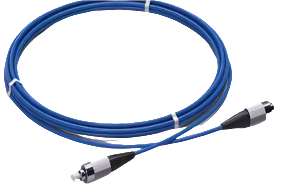
MMF Patch Cord
Advantages: UV-optimized optical fiber (UV50) with a larger core than the 40μm model, enhancing power-carrying capacity while covering a wide spectrum.
Applications: Monitoring of UV curing processes (such as 3D printing resin curing), biological fluorescence excitation (UV excitation scenarios like DAPI staining).

MMF Patch Cord
Advantages: Large core ultraviolet fiber</b2, with stronger power transmission capability and wide wavelength adaptation for multi-band detection.
Applications: Auxiliary lighting for ultraviolet lithography, monitoring of ultraviolet modification on material surfaces, connection of ultraviolet channels in spectrometers.
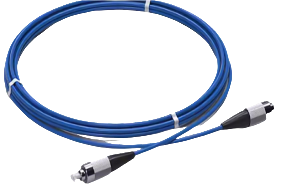
MMF Patch Cord
Advantages: Ultra-large core + UV optimization, balancing multimode transmission efficiency and wide spectral coverage, compatible with visible light - infrared.
Applications: Biomedical endoscope illumination (UV-excited fluorescence), UV - visible spectrum analysis systems, industrial inspection multi-band light source transmission.

